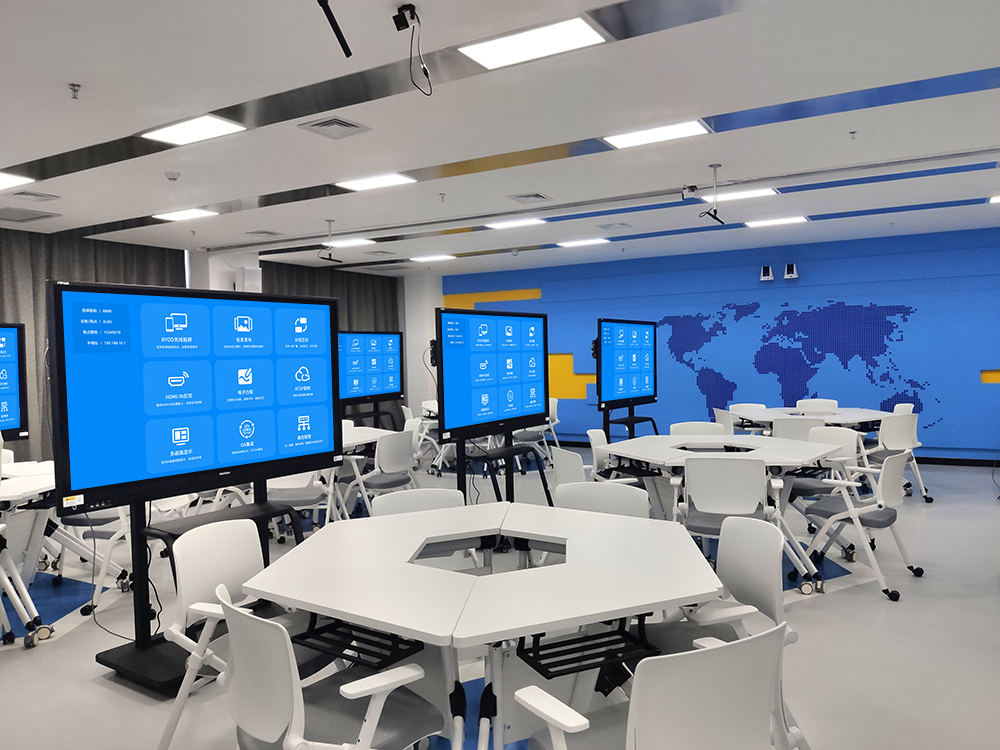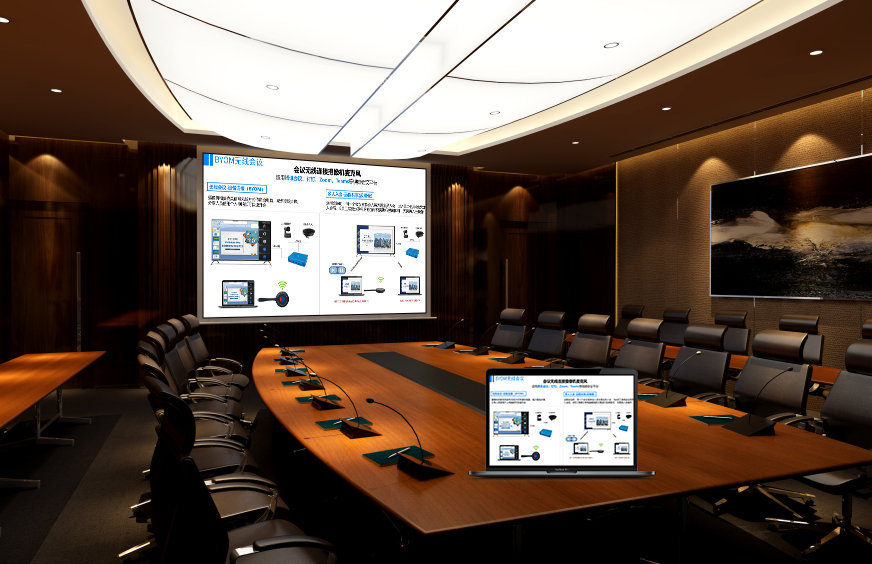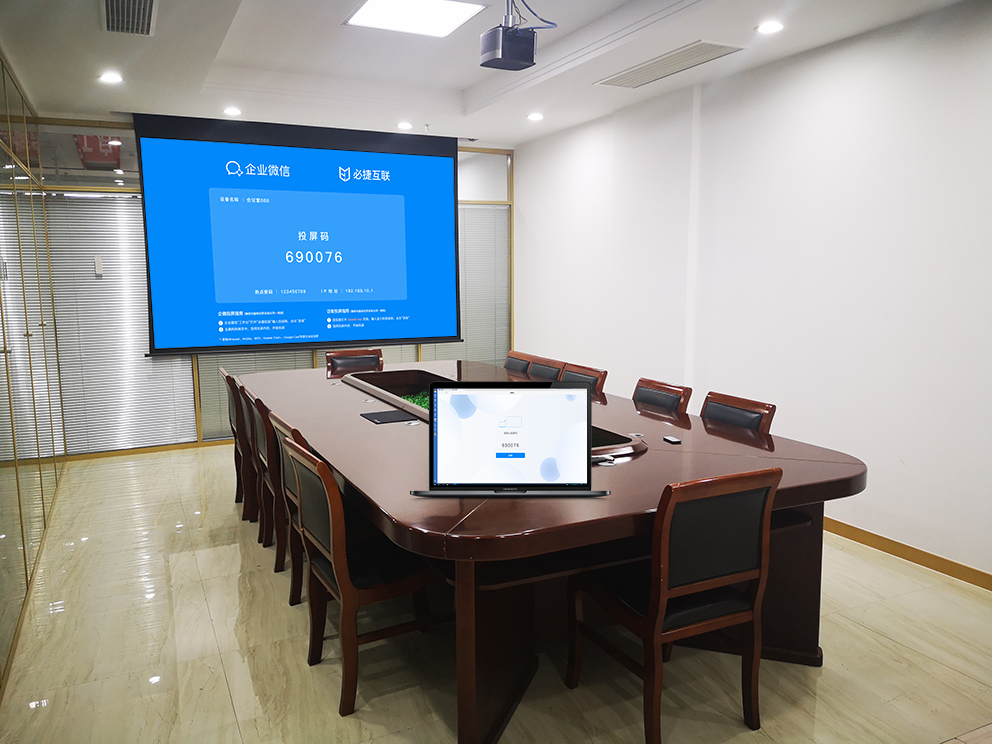WiDi: A Wireless Protocol for Simpler and More Efficient Screen Mirroring on Windows Devices
Among the many wireless screen mirroring protocols, WiDi (Wireless Display) stands out for its deep adaptation to Windows devices, serving as an “invisible bridge” connecting computers to large screens in office and education scenarios. Free from cables and additional software, it enables smoother content flow between Windows devices, offering a convenient and efficient mirroring solution for PC-reliant users.
I. Native Windows Compatibility: Plug-and-Play with Zero Threshold
As a Microsoft-led wireless display protocol, WiDi boasts seamless compatibility with Windows systems:
- Built-in, no installation required: Windows 8.1 and later versions natively support WiDi. Users can directly search for WiDi-enabled large screens via the “Project” function and connect with a single click—no need for drivers or third-party apps, eliminating compatibility issues.
- Full coverage of Windows devices: From Surface tablets to Legion gaming laptops, and from commercial notebooks to desktops (with a wireless network card), all Windows-equipped devices can mirror wirelessly via WiDi. This makes it ideal for standardized office equipment in enterprise bulk purchases.
- Deep hardware synergy: Optimized for Intel Wi-Fi modules and integrated graphics, WiDi uses hardware acceleration to enhance mirroring efficiency, reducing CPU usage. This ensures laptops run other office software smoothly during mirroring, avoiding lag.

II. HD Stable Transmission: Meeting Professional Scenario Needs
WiDi is tailored for office environments, balancing clarity and stability in transmission:
- 1080P+60fps HD mirroring: Supports real-time full HD transmission, accurately reproducing PPT animations, Excel chart details, and CAD drawing lines—meeting professional demands for image quality in meetings and proposal reviews.
- Low-latency synchronization: By optimizing wireless transmission links, latency is controlled within 150ms. Whether playing teaching videos or demonstrating software operations, visuals and actions stay in sync, eliminating the frustration of “delayed responses.”
- Strong anti-interference capability: Uses dynamic frequency selection to automatically switch to the 5G band when 2.4G is congested, minimizing interference from routers or Bluetooth devices. This ensures stable mirroring even with multiple simultaneous connections.
III. Flexible Mirroring Modes: Adapting to Diverse Display Needs
WiDi supports multiple mirroring modes, adjustable to fit specific scenarios:
- Duplicate mode: The large screen mirrors the computer display exactly, ideal for presenters operating their laptops while audiences follow on the big screen—perfect for software demos or web browsing.
- Extend mode: Treats the large screen as a second monitor, allowing separate content on each. For example, edit documents on the laptop while displaying references on the big screen, boosting productivity through parallel workflows.
- Second screen only mode: Turns off the laptop screen, displaying content solely on the large screen. This protects privacy and saves laptop battery, ideal for focused presentations.

IV. Seamless Integration into Office Workflows: Doubling Collaboration Efficiency
WiDi is more than a content mirroring tool—it integrates deeply into office processes to enhance collaboration:
- Quick switching in meetings: During multi-presenter meetings, after one participant disconnects, the next can instantly take over the large screen via the “Project” function on their Windows device. No re-plugging or password entry is needed, keeping meetings on track.
- Touchscreen interaction: When connected to a touch-enabled conference screen, users can operate the laptop directly via the big screen (e.g., clicking icons, dragging files), extending the computer’s touch functionality—useful for quick document edits or highlighting key points.
- Compatibility with mainstream software: Works seamlessly with Office and Adobe suites, ensuring PPT animations, PDF annotations, and video controls function normally during mirroring, avoiding feature failures due to protocol issues.
V. Synergy with Multi-Protocols: Overcoming Scenario Limitations
Though designed for Windows, WiDi collaborates with other protocols to cover complex scenarios:
- Complementing Miracast: Devices supporting both WiDi and Miracast allow Windows devices to use WiDi for stability and Android devices to connect via Miracast, accommodating mixed-system meetings.
- Expanding compatibility with adapters: WiDi-enabled adapters enable non-compatible screens (e.g., old projectors, regular TVs) to receive signals, extending device lifespans and reducing upgrade costs.
- Integration with enterprise management systems: Supports centralized management via group policies. IT admins can remotely enable/disable WiDi on employee devices and restrict mirroring permissions, ensuring data security for large enterprises.
For Windows-centric workplaces, WiDi stands out as the preferred wireless mirroring solution, thanks to its native adaptation, simplicity, and stable transmission. It requires no extra investment but significantly cuts meeting preparation time and boosts collaboration efficiency—freeing Windows devices and large screens from cable constraints to “wireless freedom,” and proving indispensable in modern offices.
